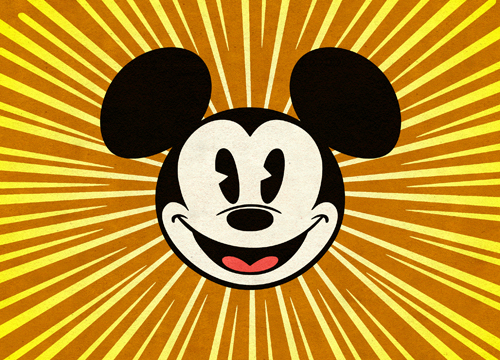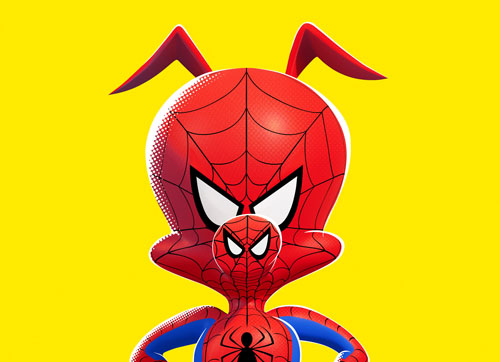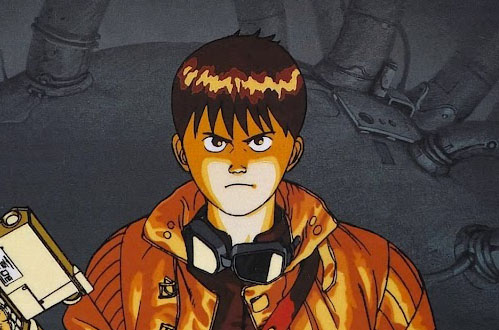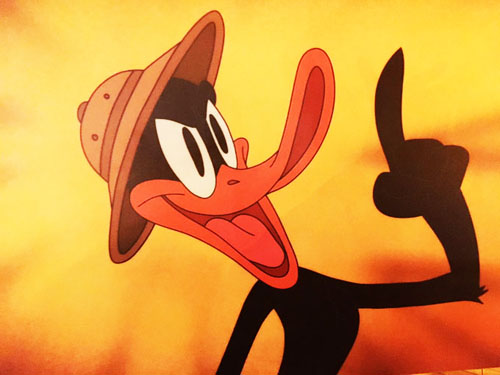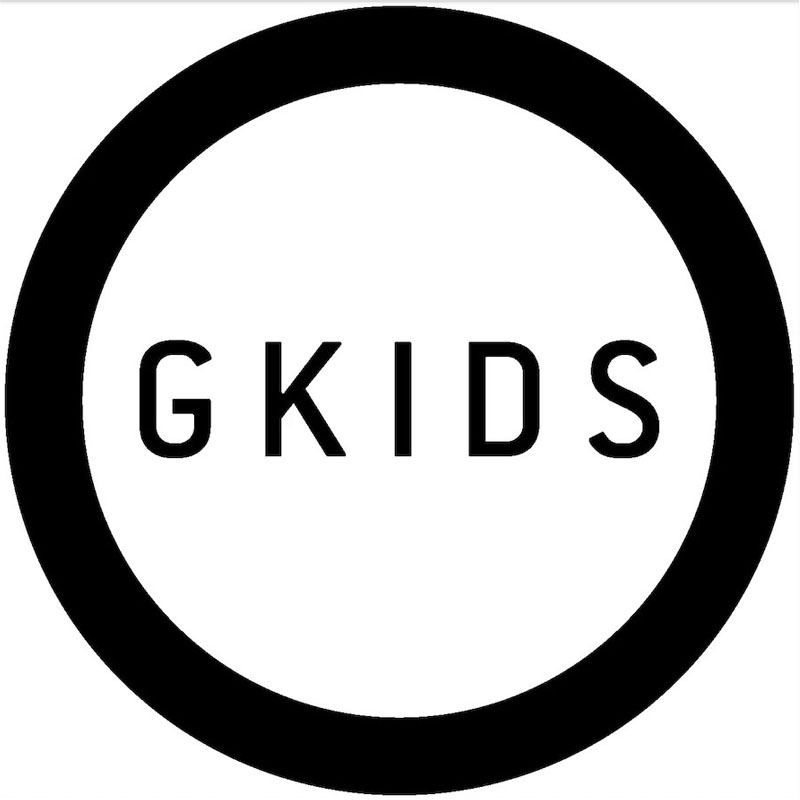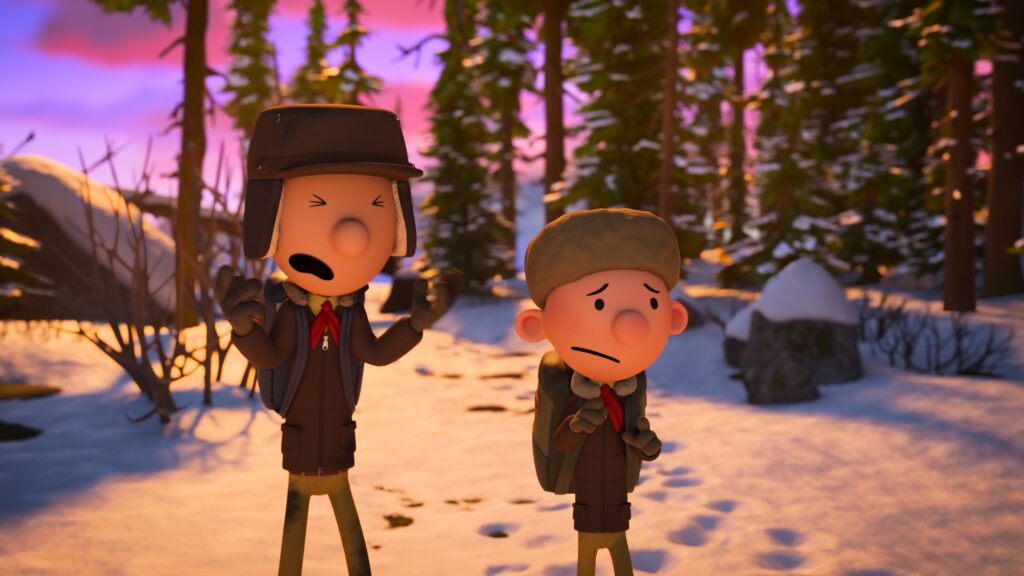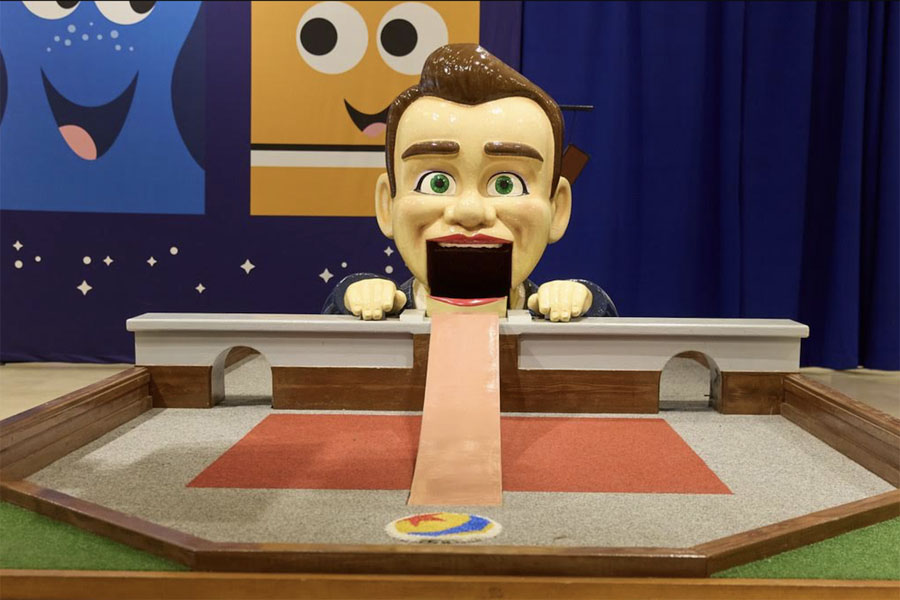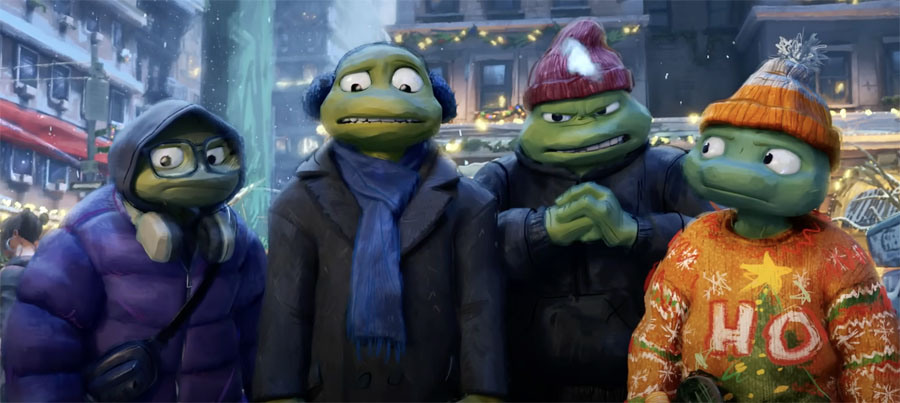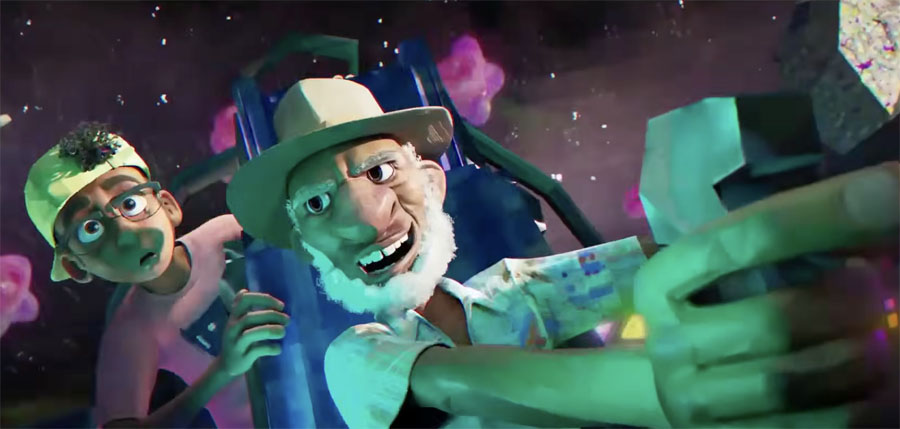This summer marks my twentieth year as an animated film critic. During stints with Animation Nerd’s Paradise, Animation World Network, and of course, Animation Scoop as well as other work with Mr. Beck, I have learned one crucial thing: There is no one way to review an animated film and no limit to the levels that can be examined. A great animated film can achieve heights that a live-action film cannot. A bad animated film can fail in horrifying ways that live-action films never attain.
Reviewing a film like Toy Story 4 demands careful consideration for a myriad of reasons: It is an installment in an iconic and historic series that revolutionized artistic production while advancing the methods of animated storytelling. The Toy Story franchise has been a showcase for impactful sequels, a feat that eventually exhausts the studios (and audiences) of most film franchises. Toy Story has been an extremely profitable franchise for Pixar/Disney, and outside of the Star Wars or Avengers sagas, few films have been more highly anticipated prior to release than Toy Story 4. Advance reviews were certified raves. Promotions have been ubiquitous. And the initial box office? Stunning.

I don’t like spoilers, so the basic story: The Toy’s new owner Bonnie creates a “toy” in kindergarten class from a spork, a pipe cleaner, two different sized “Google eyes” and a busted popsicle stick. She falls in love with her creation, “Forky.” Woody’s self-appointed job is to save Bonnie from heartbreak by guarding Forky, who insists on throwing himself in the trash at every opportunity. When Bonnie’s family decides on a road trip, she includes the Toy gang along with Forky, who is promptly lost. In his quest to recover the makeshift toy, Woody is drawn into a wild adventure that involves toys old and new, and a surprise reunion with Bo Peep (who did not appear in Toy Story 3).
How to proceed? The animation needs no exhaustive review: it is state of the art perfection. In some street scenes, one would swear that live action filming was substituted. Each exterior and interior set is a cornucopia of realistic detail and texture. Pixar was once a world champion of CGI: In this film they come off more like galactic overlords.
The voice acting is perfection. Audiences knew what to expect from Tom Hanks, Tim Allen, and the Toy Story Regulars, but Toy Story 4 adds some newcomers that elevate the quality of the film. Best of all is Christina Hendricks as Gabby Gabby, a talking doll with defective voicebox who commands a creepy covey of tuxedoed dummies. (Note for younger readers: She is a takeoff on Chatty Cathy, Mattel’s first pull-string talking doll.) Mixing menace with pathos, Hendricks gives a wonderful portrayal of a brokenhearted doll who just wants to belong to a child.

Kudos also to Keanu Reeves, who camps it up as motorcycle Daredevil Duke Caboom, and Ally Maki as Polly Pocket Policewoman Giggle McDimples. Tony Hale (Arrested Development star) will make you believe that a spork can talk. Add bit parts by Carol Burnett, Betty White, Mel Brooks, Carl Reiner, and some posthumous lines by Don Rickles, and the result is an ensemble that could not be topped.
That being said, the most relevant facets to concentrate on seems to be story and direction. Josh Cooley, who had a major hand in story development for Inside Out, directs for the first time. This is not an easy assignment in a film such as Toy Story 4, but Cooley’s prior experience is evident in scenes that feature heavier emotional content. Plastic and vinyl toys bidding each other tearful farewells or questioning their purposes rather than bowing to fatalism might have been hilarious under another director, but Cooley makes it work and work well. Andrew Stanton was among the writers along with Cooley, and few understand Pixar’s mission better than this longtime veteran.
Toy Story 4 might have been titled “The Beatification of Saint Woody.” Much of the film’s focus is on the conscientious cowboy, who makes it his mission to be all things good to all toys and children. Woody is responsible for Forky’s creation. Woody appoints himself the spork’s guardian. Woody puts his existence on the line several times in the movie to rescue Forky for Bonnie’s sake or to aid other unfortunate toys. Woody makes a crucial sacrifice in exchange for the sentient spork, and late in the film is faced with a heartrending choice that changes everything he ever knew—and believed.

Keep in mind: Woody is a toy cowboy. In order for the above to work, a flawless combination of story and direction is vital. One misstep, one false note, just one example of the blatant emotional manipulation so common to recent animated films, and this movie is a failure. Here’s a spoiler: none of the above happens.
Some moments are a bit jarring; the reappearance of Bo Peep as a commandeering action hero for most of the film contrasts sharply with her emotional depth and empathy in other scenes, especially the later ones. After Woody’s aforementioned sacrifice, he should be disabled in a certain regard, but it is as if nothing happened to him at all. Small misfires in what must be considered the best animated feature in an admittedly dismal year for them.
A television promotion for Toy Story 4 asks the question, “What makes a toy a toy?” It’s the wrong question. What this film truly asks is, “What makes a toy human?”
